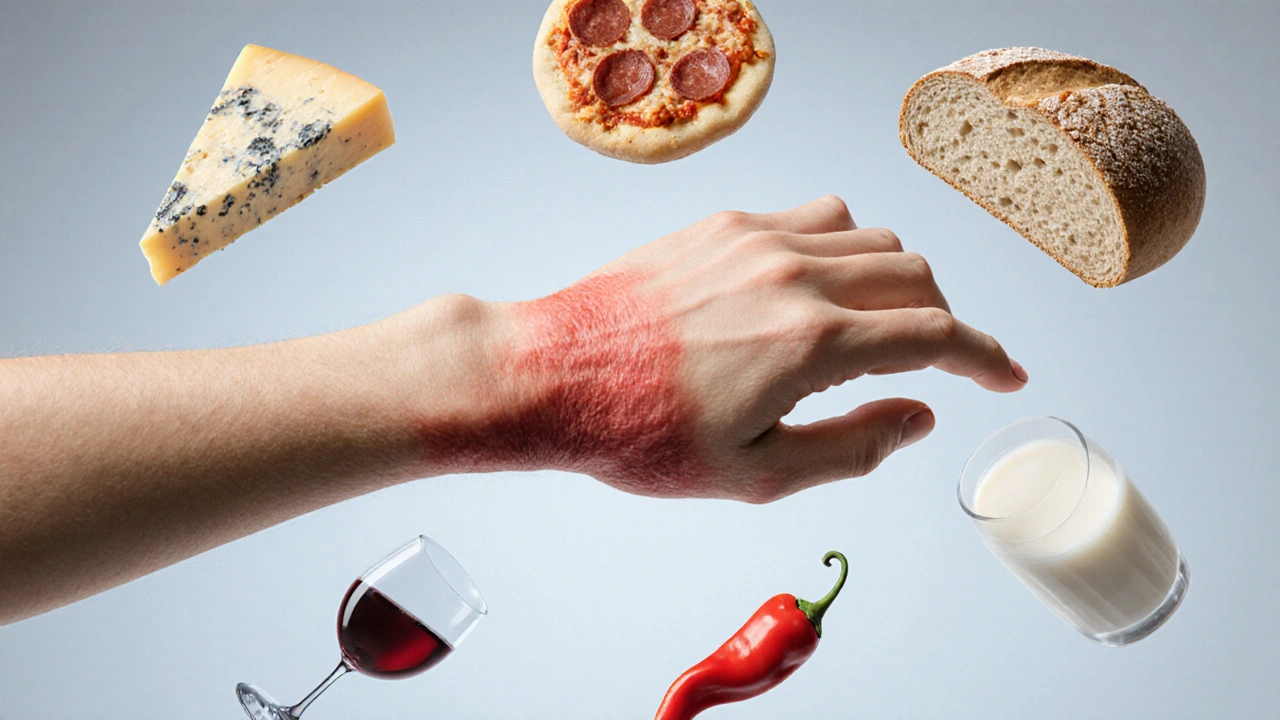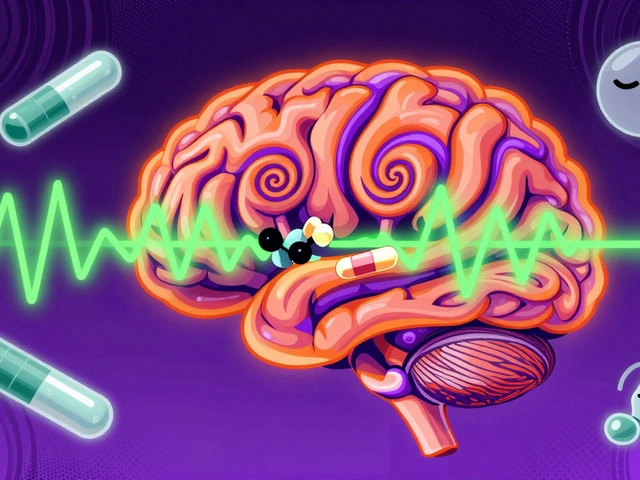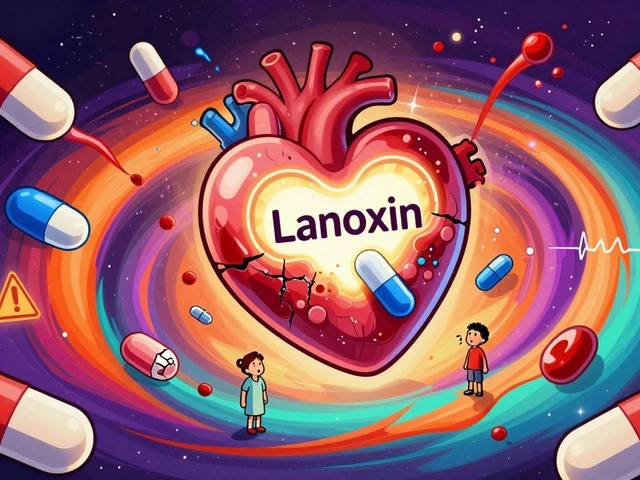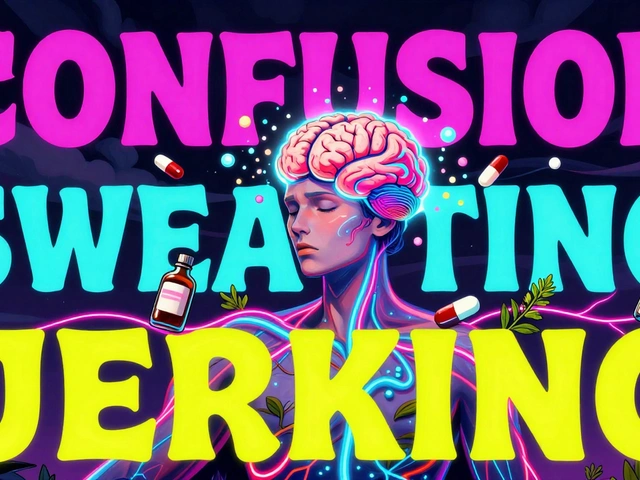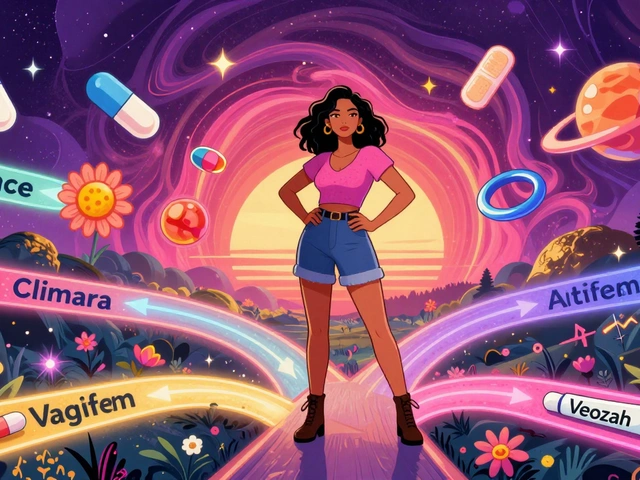Skin Itching Diet: What to Eat and Avoid
When working with skin itching diet, a nutritional plan aimed at reducing itchiness of the skin. Also known as pruritus-friendly diet, it focuses on foods that calm inflammation and steers clear of triggers that provoke itching, many people find relief fast. Key players in this approach are anti‑inflammatory foods, ingredients that lower cytokine activity and soothe skin, histamine‑rich foods, items that can raise histamine levels and worsen pruritus, and hydration, adequate water intake that keeps the skin barrier intact. Understanding how these elements interact is the first step toward a calmer complexion. Skin itching diet strategies are simple, practical, and backed by everyday experience.
Why Anti‑Inflammatory Foods Matter
Inflammation is the engine behind most chronic itch. When you load up on foods like fatty fish, leafy greens, turmeric, and ginger, you give your body antioxidants that dial down the inflammatory cascade. For example, omega‑3 fatty acids in salmon compete with arachidonic acid, producing less prostaglandin E2 – a known itch promoter. The result? Less redness, fewer flare‑ups, and a skin barrier that can repair itself more efficiently. This relationship creates the semantic triple: "Skin itching diet includes anti‑inflammatory foods".
Another easy swap is swapping refined carbs for whole grains. Whole wheat, quinoa, and oats keep blood sugar steady, preventing spikes that trigger the release of insulin‑like growth factor, which can aggravate nerve endings in the skin. Even a handful of berries each morning adds flavonoids that further suppress the histamine response. The net effect is a diet that works from the inside out to quiet the itch.
For readers skeptical about spices, start small. A pinch of turmeric in a smoothie or a dash of ginger tea can be enough to notice a difference in skin comfort within a week. Consistency beats intensity; the body needs time to adjust its inflammatory pathways.
Histamine‑Rich Foods: The Usual Suspects
Histamine is the chemical messenger that tells blood vessels to open up – great for allergies, terrible for itchy skin. Foods that naturally contain high histamine levels include aged cheeses, cured meats, fermented soy (like tempeh), and certain alcoholic drinks. Even leftovers that have sat in the fridge for a day can build up histamine as bacteria break down proteins.
When you consume these items, the histamine load can overwhelm the enzyme diamine oxidase (DAO) that normally clears histamine from the bloodstream. Excess histamine then binds to skin receptors, sending the classic itch signal to the brain. This gives us another semantic triple: "Histamine‑rich foods can trigger pruritus".
If you suspect histamine is a culprit, try an elimination phase. Remove cheese, wine, and processed meats for two weeks, then re‑introduce one at a time while tracking itch intensity. Many people report noticeable improvement after just a short break, confirming the link between diet and skin sensation.
Hydration and the Skin Barrier
Water is the unsung hero of any skin‑friendly diet. Proper hydration keeps keratinocytes plump, ensuring the skin’s outer layer stays flexible and less prone to cracking – a common entry point for irritants that spark itching. Drinking at least eight glasses a day, and more if you’re active or live in a dry climate, supports this barrier function. This creates the third semantic triple: "Proper hydration reduces skin itching".
A practical tip: add a slice of cucumber or a splash of citrus to your water. The subtle flavor encourages you to sip more, and the extra electrolytes aid skin cell communication. If plain water feels boring, herbal teas (like chamomile) count toward your fluid goal and also bring anti‑inflammatory benefits.
Don’t forget that foods with high water content – watermelon, oranges, and celery – double‑dip by supplying both fluids and vitamins that protect skin elasticity.
Putting It All Together: A Sample Day
Morning: Smoothie with spinach, blueberries, a tablespoon of flaxseed, and a pinch of turmeric. Pair with a glass of water infused with lemon.
Mid‑morning snack: A handful of raw almonds (low histamine, good fats).
Lunch: Grilled salmon salad with mixed greens, avocado, and olive‑oil dressing. Avoid cheese and pickles.
Afternoon: Chamomile tea and a piece of fresh fruit, like an apple.
Dinner: Quinoa stir‑fry with broccoli, carrots, ginger, and tofu (if tolerated). Finish with a glass of sparkling water.
Evening: Warm herbal tea and a brief stretch – stress can raise cortisol, which in turn can raise histamine release, so winding down helps keep itch at bay.
Following a plan like this provides a balanced mix of anti‑inflammatory nutrients, keeps histamine low, and ensures you stay hydrated – all the building blocks of an effective skin itching diet.
Now that you know what to eat, what to avoid, and why each choice matters, you’re ready to explore the detailed articles below. They dive deeper into specific foods, offer troubleshooting tips for stubborn itch, and share real‑world stories of relief. Keep reading to fine‑tune your diet and finally give your skin a break from the constant itch.
How Diet Impacts Skin Itching: Foods to Avoid and Foods to Embrace
Learn how diet influences skin itching, discover foods that trigger itch and those that soothe it, and get a practical meal plan and checklist for lasting relief.
